Understanding standards, materials, applications and fluid compatibility is critical to distributors working with hydraulic and pneumatic seals.
Contributed by Ryan Webster, Vice President Sales & Marketing, anyseals Inc.
Distributors and maintenance and repair companies that support the mobile machinery industry face strong demand. It stems, in part, from the pandemic recovery that is underway. As a result, supplies that were previously limited are becoming available. Another contributor to increased demand is the ongoing need for machinery components, and fluid power seals top the list because of their wide use and application. Hydraulic seals, O-rings, oil seals, and backup rings are just a few of the many products found in the digging machines, lifts, cranes, and other construction tools used by industry every day.

Hydraulic seals vary in range and function. Take for example, the hydraulic radial seal, or slipper seal, which is typically selected for general industrial pneumatic/hydraulic applications requiring a dynamic sealing element (Figure 1). Oil seals, also known as lip seals, grease seals, and rotary shaft seals are used to seal rotary elements, such as shafts or rotating bores (Figure 2). And back-up rings are used in conjunction with O-rings for both static and dynamic sealing applications (Figure 3).
According to recent reports by analysts that follow the market, sales for construction and earthmoving equipment, especially compact machines, are trending upward. The demand for components rides the upward sales trend, making the search for a reliable supply source critically important for distributors. The following tips, compiled from the fluid power seal supplier’s perspective, can serve as a practical guide for distributors on the hunt for general, non-spec sealing products used in mobile construction machinery.
Apply standards
Many sealing devices are used on a given piece of mobile equipment. Take a bulldozer, for example. A variety of seals support the function of its hydraulic lift and angle cylinders, engine, transmission, and numerous attachments. These components require ongoing maintenance and repair. Therefore, during the design process, it is critical that industry standards are considered above all other options to allow for the greatest amount of flexibility with regards to seal types, materials and manufacturers. This design-for-manufacturing mentality, choosing standard designs over custom solutions, allows distributors to provide customers the confidence that those vital products will be available when they need them. Using standard products also has positive financial ramifications. Standard designs tend to be pre-tooled by multiple vendors, reducing the need for costly tooling and non-standard solutions.
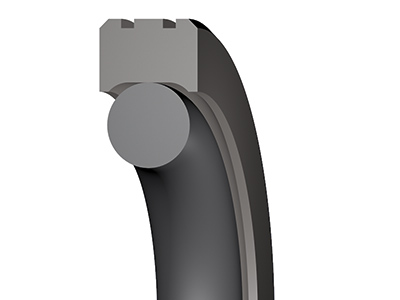
Well-accepted resources for standard seal grooves for a specific hydraulic application, particularly with regards to reciprocating hydraulic seals, are the International Organization for Standardization (ISO) standards known as ISO 7425-1 and ISO 7425-2. These standards specify the dimensional characteristics for a series of hydraulic cylinder seals versus functional characteristics. The National Fluid Power Association (NFPA) NFPA/T3.19.18 R1-2009 standard provides dimensional recommendations for the radial compression type piston ring. It is important to note that ISO and NFPA standards do not stipulate seal design. They merely suggest what dimensions to use to maintain metal groove dimensions which equate to readily available commercial products. With recognized, objective industry standards in hand, designers and customers can avoid the pitfalls that come with guesswork and single source solutions.
Understand the application
It is critical to completely understand the nature of the work a sealing device is designed to perform. Often, the scope of the needs of a sealing device are grossly misunderstood, leading to issues such as excessive component costs, inadequate performance, and fluid incompatibility to name just a few. Building on the fluid compatibility challenge, designers and engineers have a multitude of standard materials for use in common applications in and around mobile machinery.
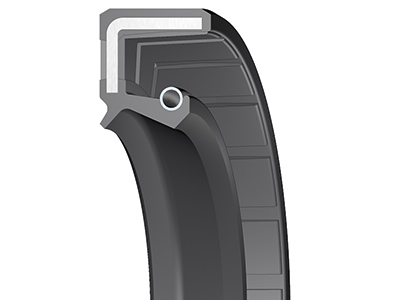
For example, nitrile butadiene rubber (NBR) is one of the most widely used materials in the field of sealing devices. It is characterized by good mechanical properties, high tensile strength, low gas permeability, low compression set, and high resistance to petroleum-based oils and fuels. NBR is also highly resistant to silicone greases, hydraulic fluids, water, and alcohol. NBR does however have its limitations, especially when it comes to wear. Significantly better options are available in the marketplace if wear resistance is a key performance requirement of the design. Depending on the type of application, it may be better to choose hydrogenated nitrile butadiene rubber (HNBR) or an injection molded thermoplastic polyurethane (TPU).
Polytetrafluoroethylene (PTFE) is another widely used sealing material because of its high thermal and chemical resistance. However, PTFE has no elastic properties and is typically energized with other complementary materials, such as elastomers. A designer who selects PTFE for the reasons mentioned above but ignores other key details, such as PTFE’s inability to provide a completely dry seal, may encounter unexpected and disappointing performance if absolute leakage-free performance is expected or mandated.
Ensure compatibility
Knowing how fluids interact with specific seals and the impact therein is another key to a successful product selection. It is common to see a seal required for exceptionally high temperature tolerance paired with a seemingly normal fluid that cannot possibly withstand the temperature expectations described within the specification. This suggests that either the total temperature is not completely understood, or that the specification for the entire piece of equipment is being used to determine the needs of the sealing elements which may or may not need to be rated as highly.
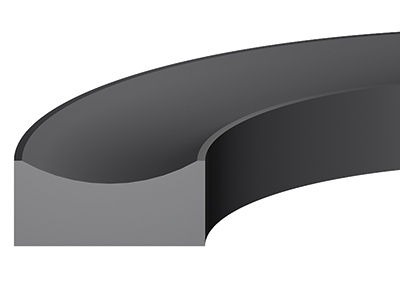
The internal quality and product performance tests a piece of equipment may experience should also be considered. Several cases exist where a seal material is selected for its fluid compatibility; however, the standard test stand fluid used in the application is not compatible to the seal material selected. A good example is the use of ethylene propylene diene monomer (EPDM) material for water-based applications. A common and most unfortunate mistake with special EPDM sealed cylinders is to run them in the test stand with normal mineral-based fluids, resulting in the catastrophic destruction of the EPDM seals.
Designs and specifications that do not address the challenging dynamics of materials and fluids are at risk for excess costs or premature failures. Compatibility is a vital part of the seal design that is often overlooked.
Conclusion
When sourcing sealing devices, remember to use industry standards, fully understand the application, and know which material and fluid combinations are most compatible. This is critical to the success of the operation of the sealing elements contained within mobile construction equipment.
anyseals Inc.
anyseals.com
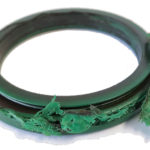
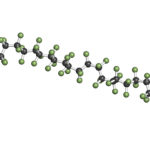
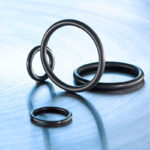

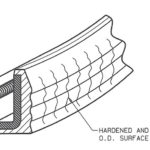

Leave a Reply